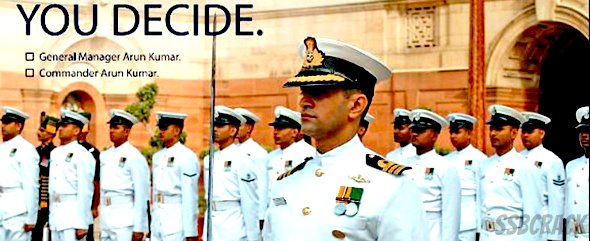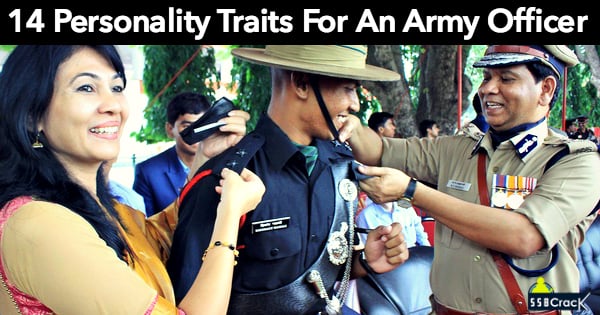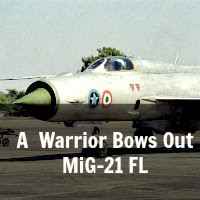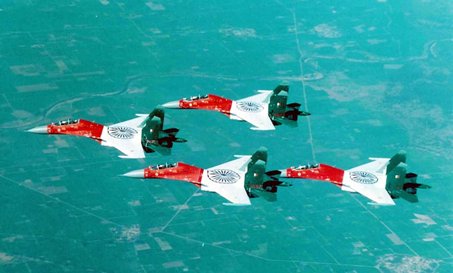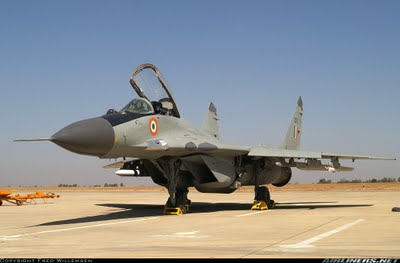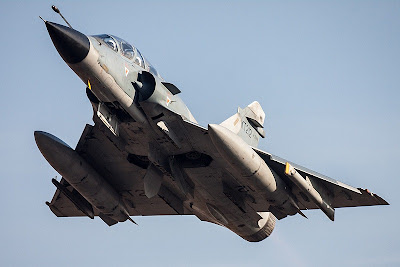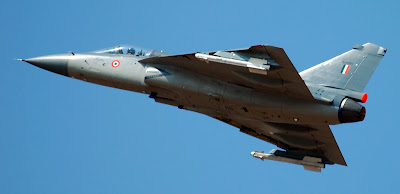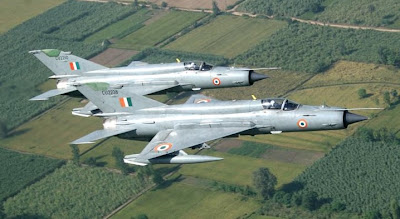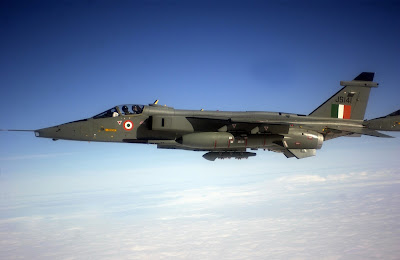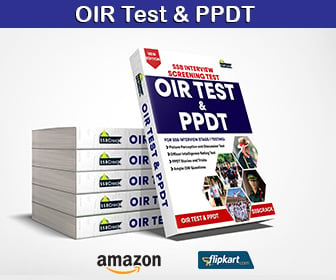Aircrew badges commonly known as WINGS are worn by the
Indian air force’s officers and airmen crew on their uniforms is the symbol of qualification badge to the personnel who serves as a crew member on board of aircrafts. They are the symbol of their expertise in that particular field.Normally the aircrew badges are worn on the left breast. For pilots the wings are to be of the badge vertically above the left breast pocket. In the case of badges with half wings, the letter of the badge the centre of the letter vertically above the left breast pocket button.

Manner of Wearing: Aircrew badges are to be worn on the left chest. In the case of Pilot’s badge, the wings are to be in level with the centre of the badge vertically above the left chest pocket. In the case of badges with half wings, the letter of the badge must be vertical with the centre of the letter vertically above the left chest pocket button. If no ribbons or decorations are worn, the bottom line of the badge is to be immediately above the top of the left breast pocket. When ribbons, decorations or medals are worn, the bottom line of the badge is to be placed 6 mm above the row or top row of ribbons. The badge is also to be worn on flying overall.
This badge consists of a full wing with the monogram ‘IAF’ in the centre surrounded by a laurel wreath, and
 surmounted by the State Emblem, all embroidered in cotton thread and mounted on dark blue superfine woolen cloth extending 3.2 mm beyond the edges of the embroidery.
surmounted by the State Emblem, all embroidered in cotton thread and mounted on dark blue superfine woolen cloth extending 3.2 mm beyond the edges of the embroidery.
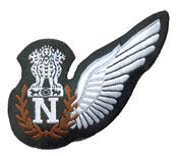 IAF Navigator’s Badge
IAF Navigator’s Badge
This consists of an out spread wing with the capital letter ‘N’ surrounded by a laurel wreath. The letter ‘N’ is surmounted centrally by the State Emblem. The colour of the embroidery and the mounting is the same as those for the pilots badge.
IAF Signaler (Air) Badge
This is of the same description as the Navigator’s badge, except that the letter embroidered is ‘S’.
IAF Flight Engineers Badge
The badge is of the same description as the Navigator’s badge except that the letter embroidered is ‘E’.
IAF Flight Gunners Badge
The badge is of the same description as the Navigator’s badge except that the letter embroidered is ‘G.
IAF Parachute Jump Instructors Badge
The badge is of the same description as the Navigator’s badge except that the letter ‘N’ is replaced by a small parachute embroidered in white cotton thread.
+Badge.png)
IAF FC (Aircrew) Badge
The badge is of the same description as the Navigator’s badge
except that the letter embroidered is ‘FC. The badge is applicable to Officers of Adm/FC branch.
+Badge.png)
IAF Electronic System Operators (Aircrew) Badge
The badge is of the same description as the Navigator’s badge except that the letter embroidered is ‘L. The badge is applicable to Officers of AE (L) branch.
IAF Controllers Badge
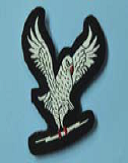 The badge will consists of are presentation of flying eagle clenching a symbolic radar wave in its claws. It will be embroidered with silk white thread and mounted on black superfine woolen cloth extending beyond the embroidery. The beak, eye and legs of the flying eagle will be embroidered with red silk thread.
The badge will consists of are presentation of flying eagle clenching a symbolic radar wave in its claws. It will be embroidered with silk white thread and mounted on black superfine woolen cloth extending beyond the embroidery. The beak, eye and legs of the flying eagle will be embroidered with red silk thread.
IAF SAGW Badge
 The badge will consist of representation of flying eagle clenching a symbolic missile in its claws. The beak, eye and the legs of the flying eagle will be embroidered with red silk thread.
The badge will consist of representation of flying eagle clenching a symbolic missile in its claws. The beak, eye and the legs of the flying eagle will be embroidered with red silk thread.
 surmounted by the State Emblem, all embroidered in cotton thread and mounted on dark blue superfine woolen cloth extending 3.2 mm beyond the edges of the embroidery.
surmounted by the State Emblem, all embroidered in cotton thread and mounted on dark blue superfine woolen cloth extending 3.2 mm beyond the edges of the embroidery. The badge will consists of are presentation of flying eagle clenching a symbolic radar wave in its claws. It will be embroidered with silk white thread and mounted on black superfine woolen cloth extending beyond the embroidery. The beak, eye and legs of the flying eagle will be embroidered with red silk thread.
The badge will consists of are presentation of flying eagle clenching a symbolic radar wave in its claws. It will be embroidered with silk white thread and mounted on black superfine woolen cloth extending beyond the embroidery. The beak, eye and legs of the flying eagle will be embroidered with red silk thread.


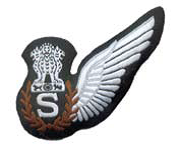+Badge.png)



+Badge.png)
+Badge.png)

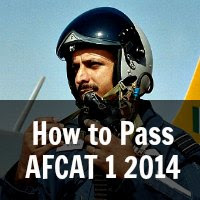

 Tashi Mishra, Editorial Team
Tashi Mishra, Editorial Team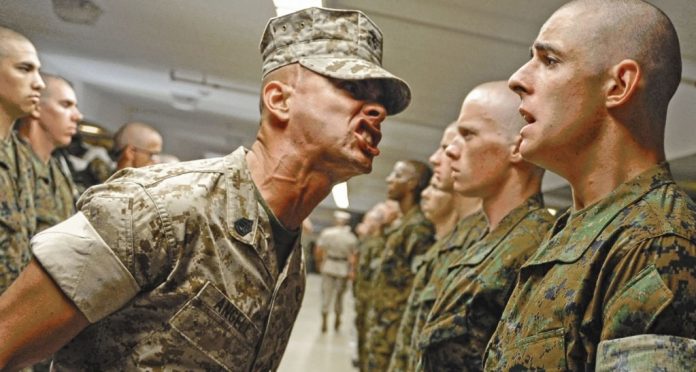
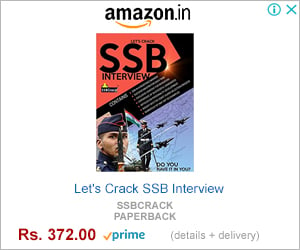
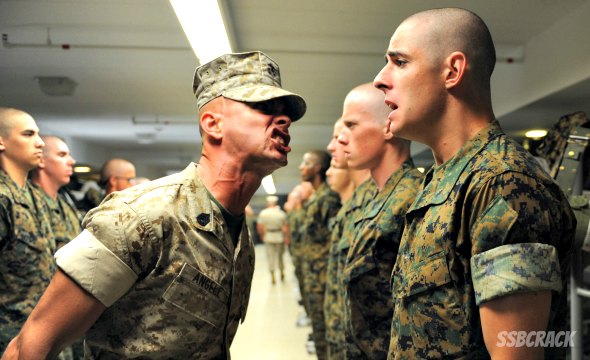



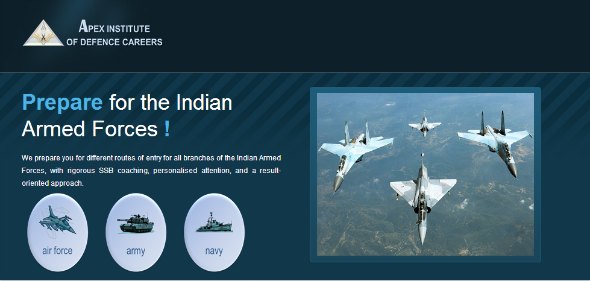
.png) About SSBCrack Editorial Team
About SSBCrack Editorial Team